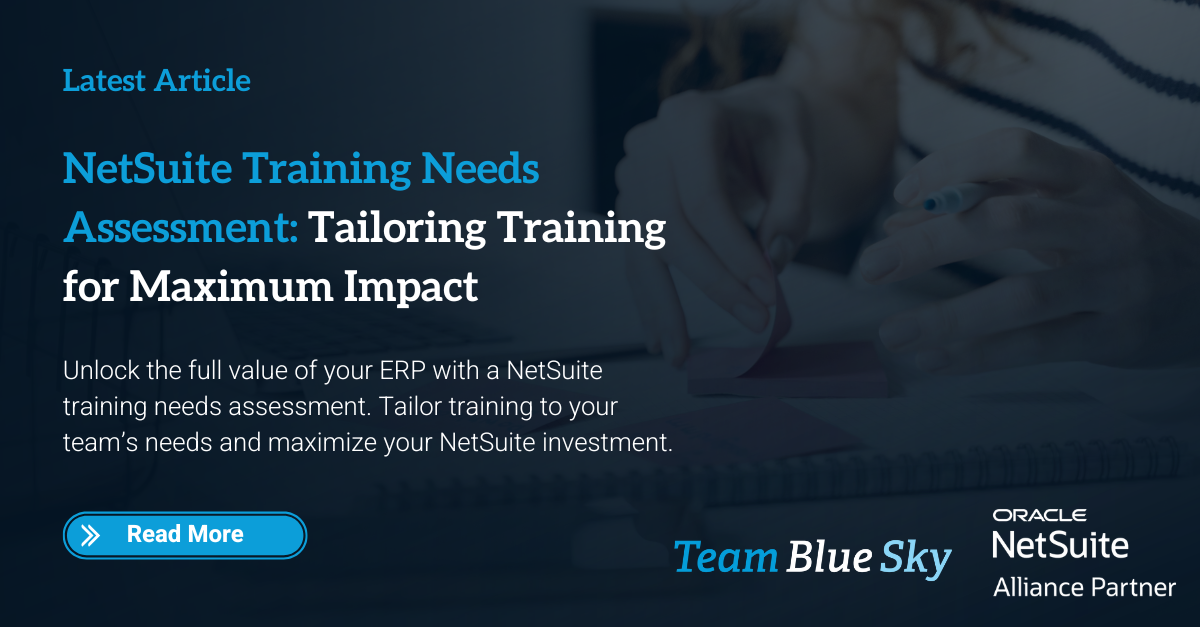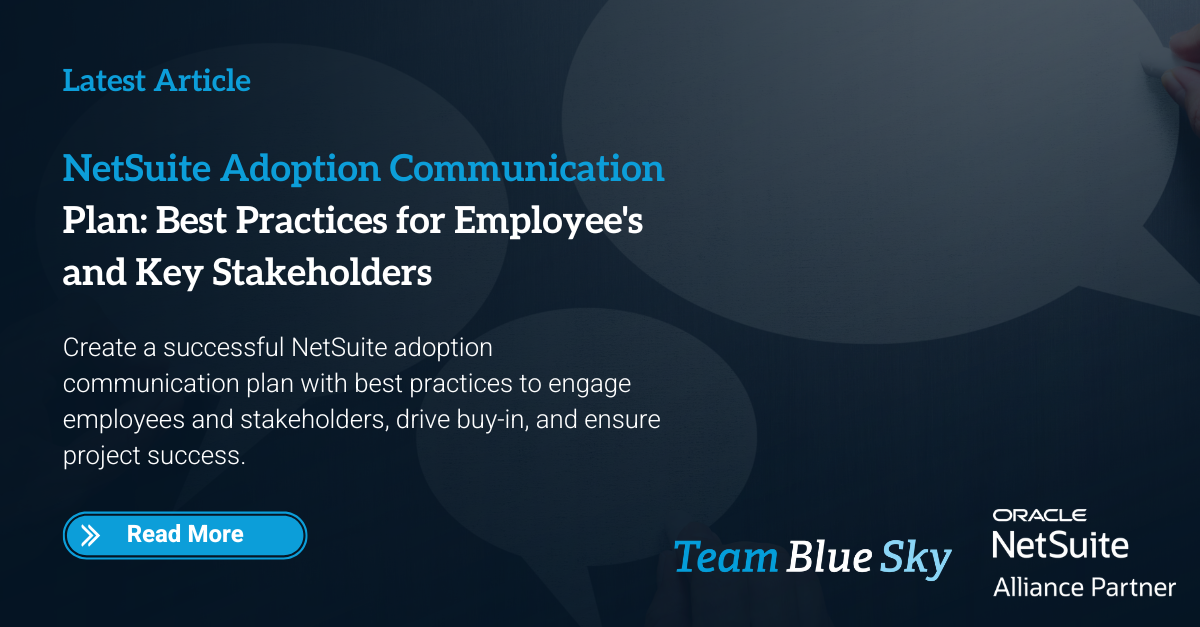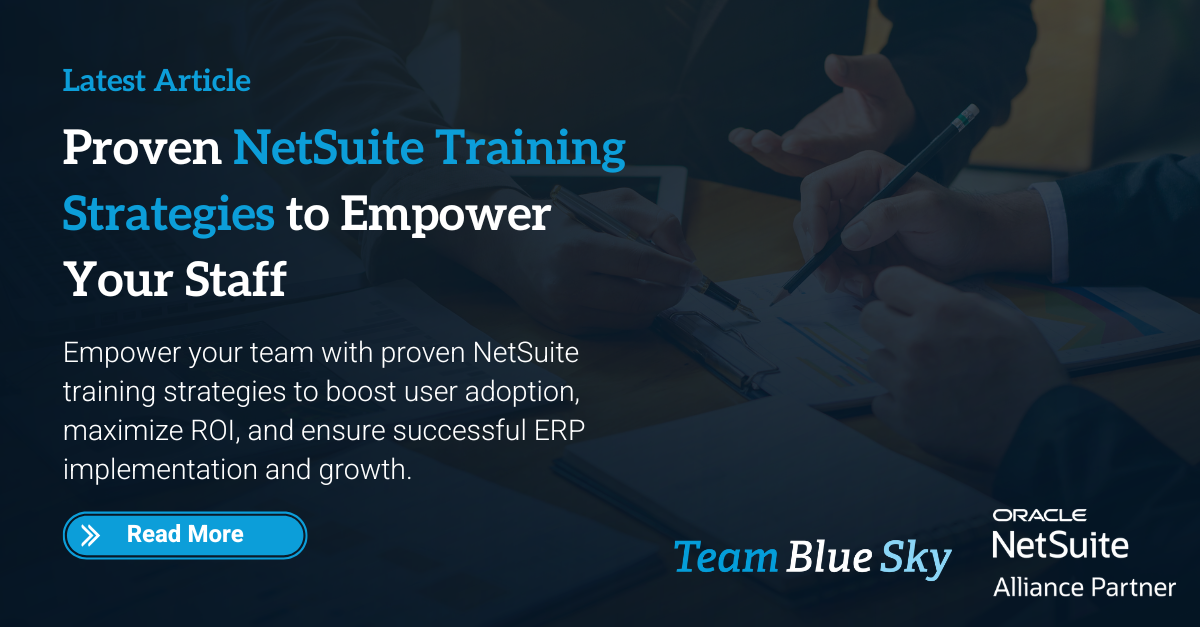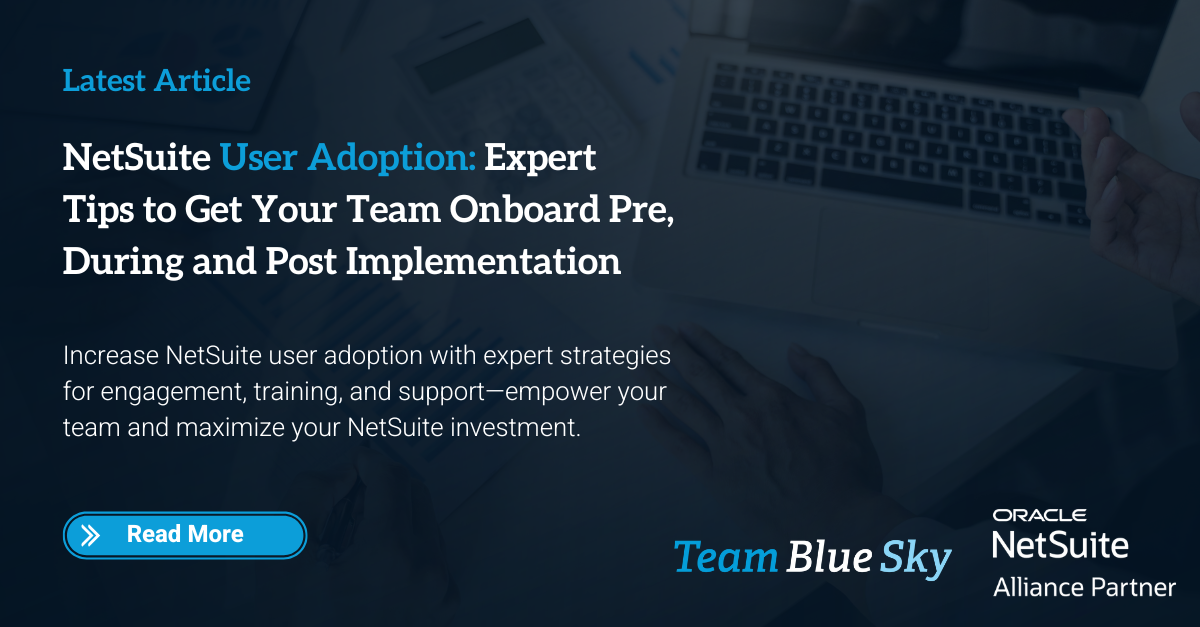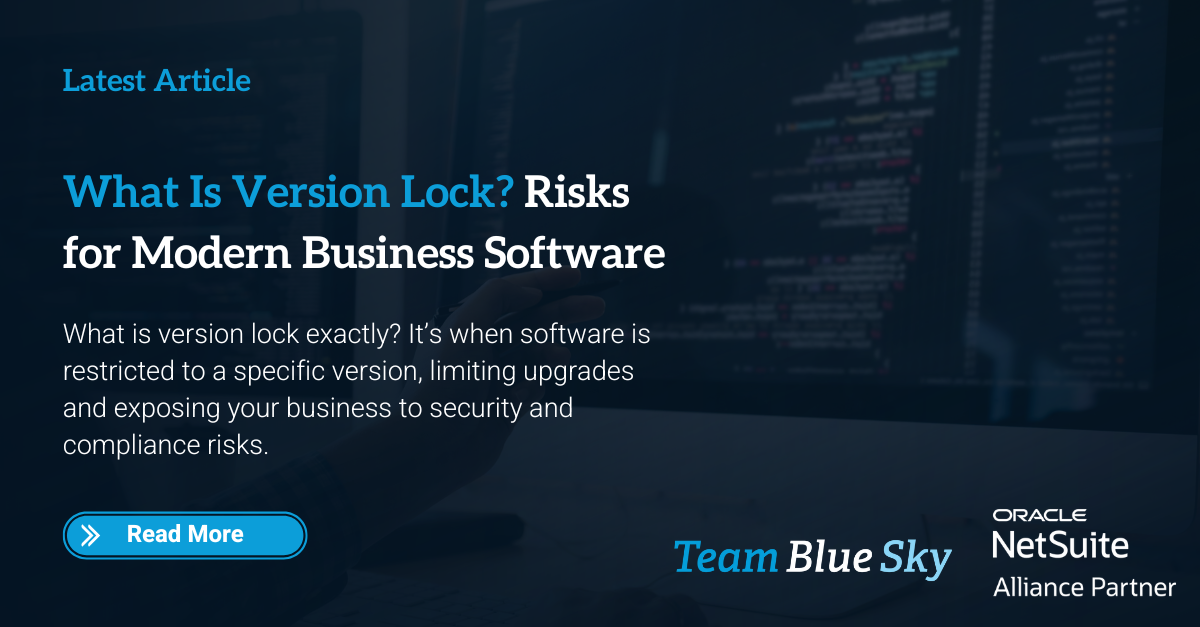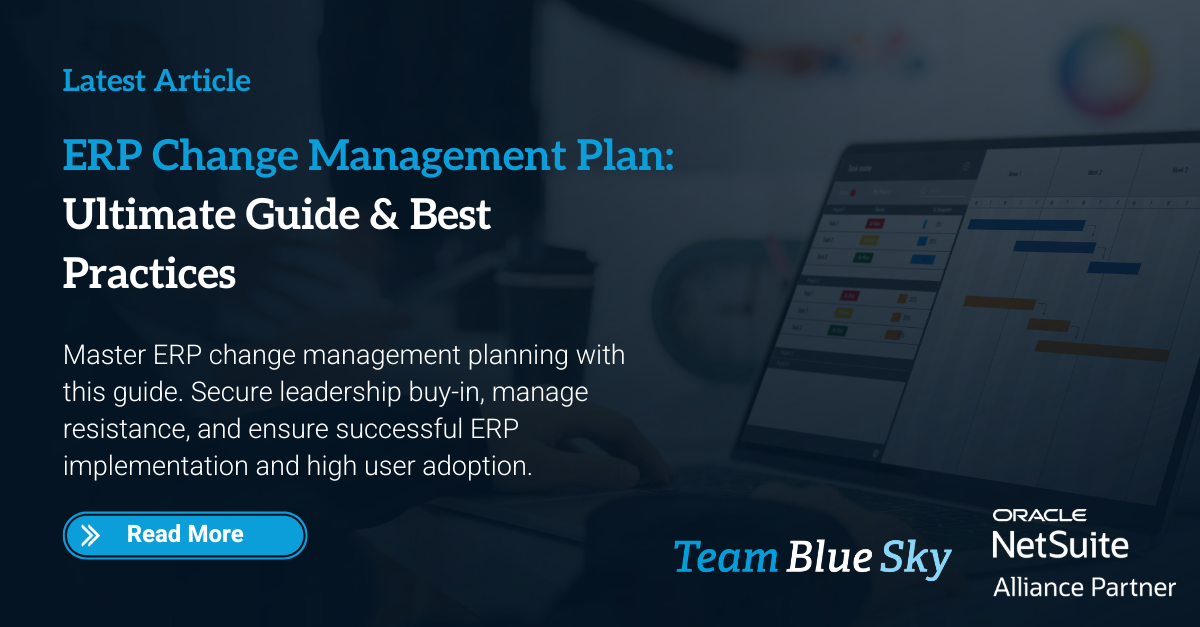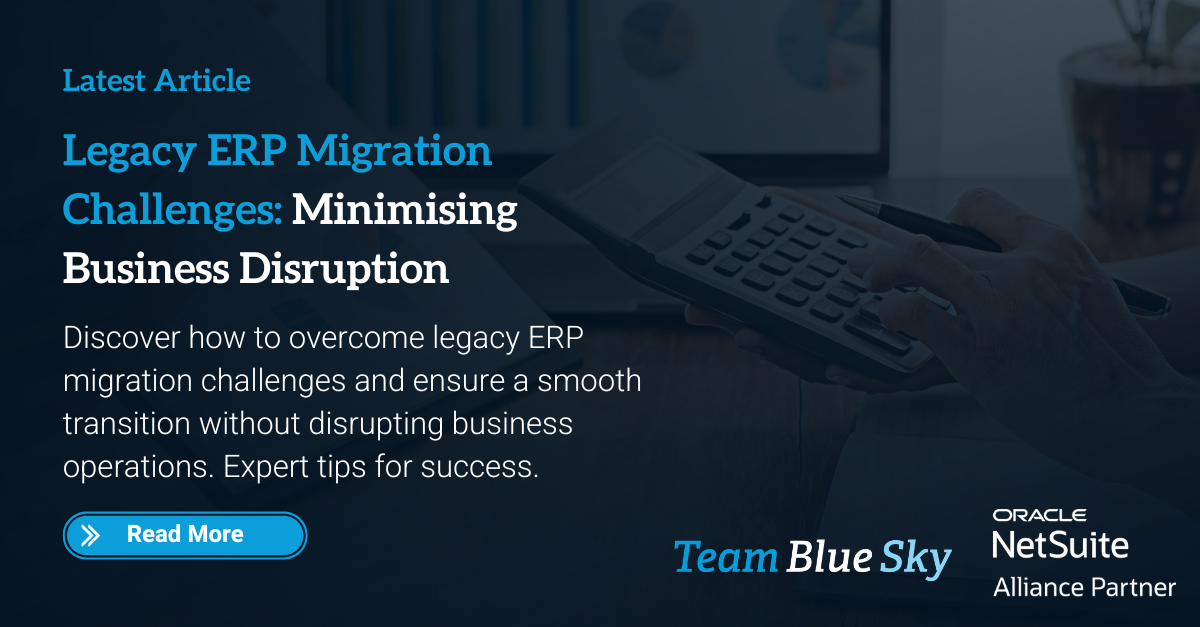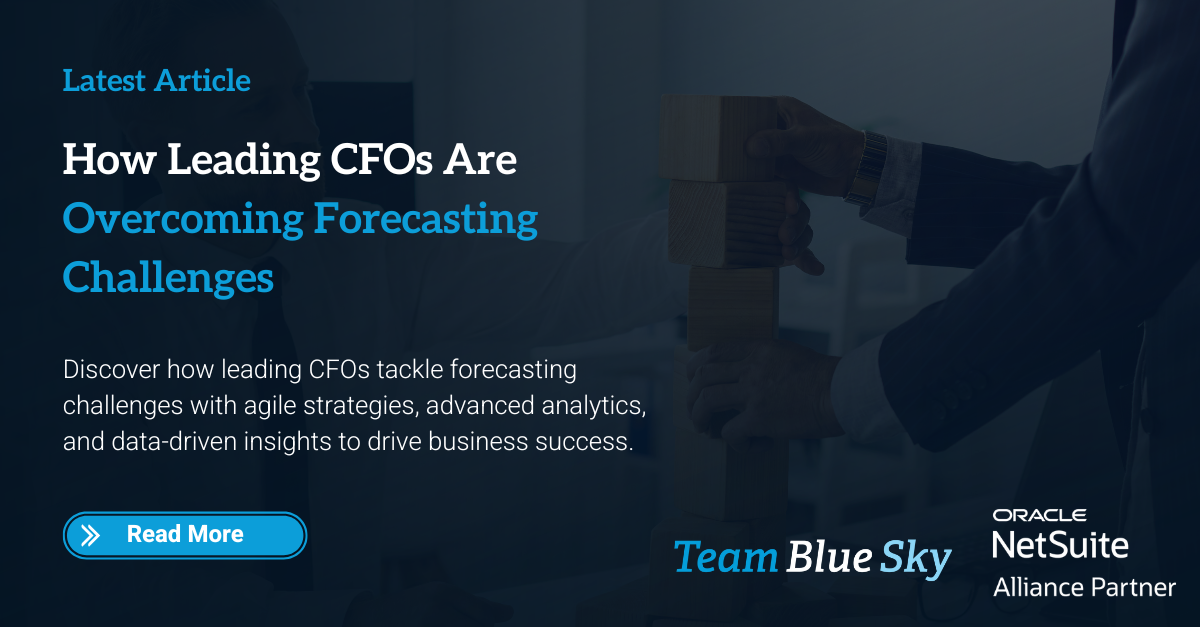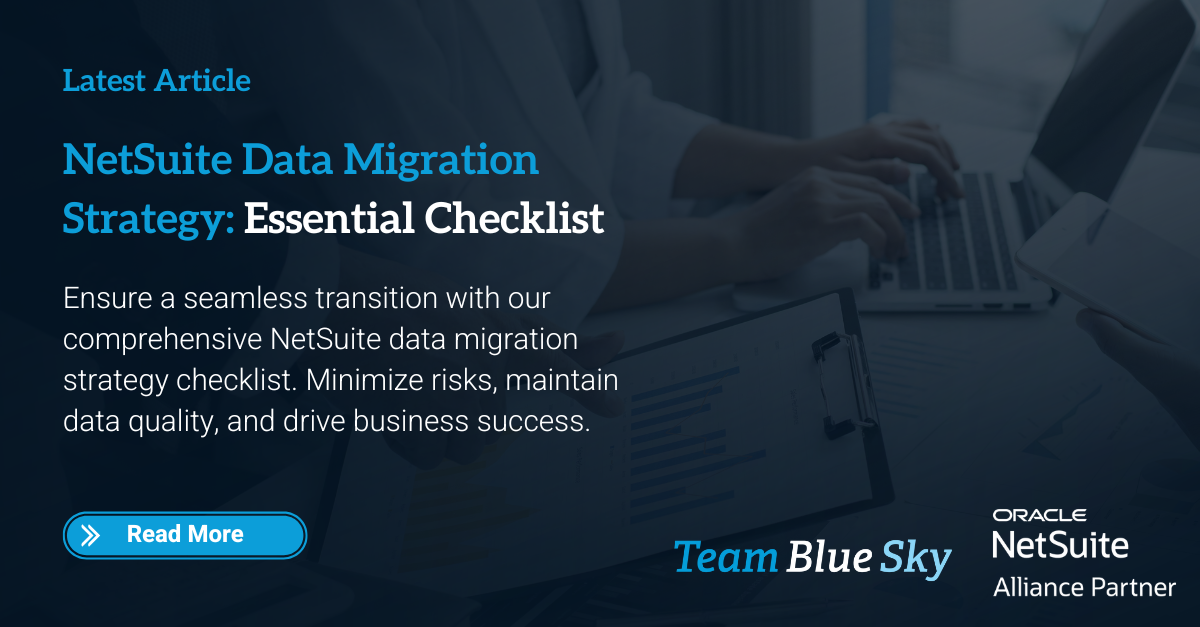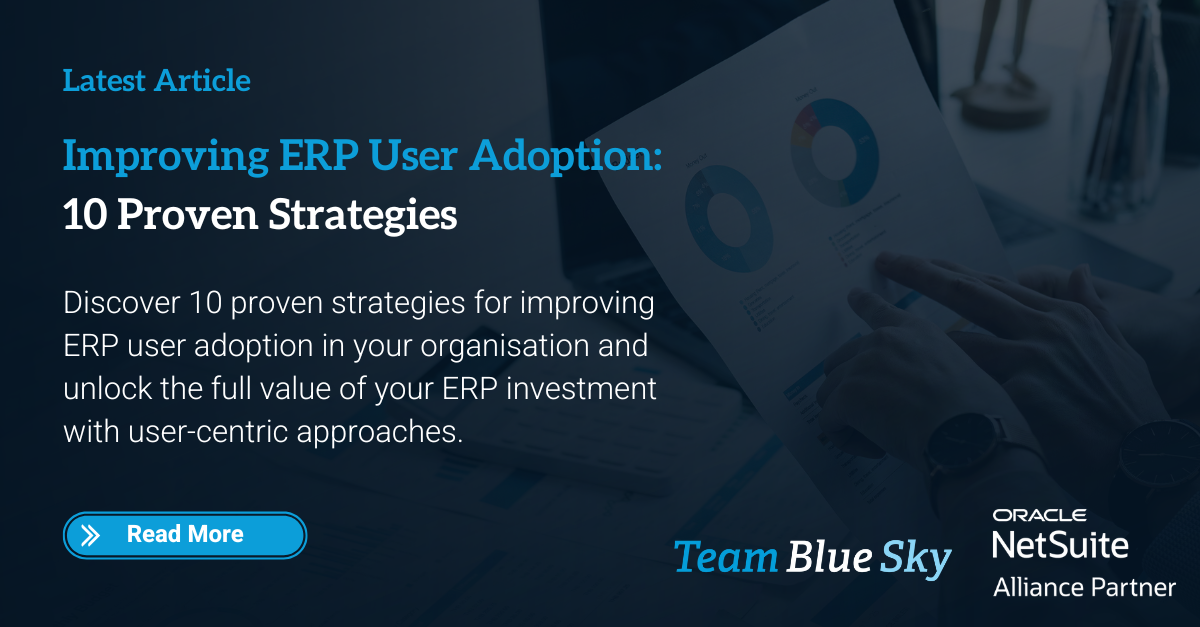OCR vs ICR | What's the Difference?
What is OCR and ICR?
OCR and ICR are two different types of technology that help to automate data entry. OCR, or Optical Character Recognition, is the process of converting scanned images of text into editable text. ICR, or Intelligent Character Recognition, is a more sophisticated technology that can recognise characters that are handwritten or printed in an inconsistent manner. OCR is often used for documents that are already in digital format, while ICR is more commonly used for handwritten forms or surveys.
So, what's the difference between OCR and ICR? OCR is typically faster and more accurate than ICR, but ICR can handle more complex characters. OCR is best suited for documents that are already in digital format, while ICR is better for documents with inconsistent formatting.
How does OCR and ICR work?
Both OCR and ICR rely on scanning a document and converting the images into digital text. However, ICR is able to provide more accurate results than OCR, due to its ability to identify characters that are not perfect shapes. As a result, ICR is often used for handwritten documents, such as forms or applications. OCR can be used for any type of printed document, including contracts, invoices, and other business documents.
The difference between the two, fundamentally, is the way they interpret scanned shapes (letters, numbers and symbols) and convert them into text that can be edited.
OCR (Optical Character Recognition) does this by:
Comparing the shapes it sees to a database of known characters and looking for patterns in the shapes to determine which character they represent.
ICR (Intelligent Character Recognition) does this by:
Analysing the shapes of characters and understanding how they are formed, identifying the individual strokes that make up each character which allows it to recognise characters even when they are not perfect shapes.
The drawbacks of OCR vs ICR?
Though OCR (Optical Character Recognition) and ICR (Intelligent Character Recognition) are both used to convert images of text into digital text that can be edited, there are some key differences between the two technologies. OCR is faster and more accurate than ICR, but it can only be used with images that are high quality and have clear text. ICR, on the other hand, is less accurate than OCR but can be used with images that are of lower quality or have more background noise. In addition, ICR is better at recognizing handwriting than OCR. As a result, each technology has its own advantages and disadvantages depending on the specific needs of the user.
Common Uses of OCR and ICR in business software
OCR and ICR are two technologies that are commonly used in business software, such as document management systems and data entry software. OCR can be used to convert scanned images of contracts, invoices, and other business documents into digital text that can be edited. ICR can be used to convert handwritten forms or surveys into digital text.
In addition, many applications, such as
Webexpenses use OCR and ICR technology to interpret information on paper-based and digital invoices, allowing businesses to automate their
expense management processes.
OCR and ICR are two powerful technologies that can help businesses to automate their data entry processes. By understanding the key differences between OCR and ICR, businesses can choose the right technology for their specific needs.
About TeamBlueSky
TeamBlueSky are an Australian NetSuite Alliance Partner, dedicated to providing superior service and technical expertise to our clients. Our team has a wealth of experience in business and technology, allowing us to provide tailored solutions that meet the specific needs of our clients. Visit our website to learn more about our services or contact us to speak with one of our consultants.

Henry Sack
General Manager

With over 12 years of experience as a NetSuite implementation consultant, Henry Sack leads TeamBlueSky’s team of NetSuite and accounting experts in his role of General Manager.
TeamBlueSky is a leading Australian
NetSuite Alliance Partner whose mission is to provide critical
NetSuite BPO and
Payroll services to NetSuite clients who are wanting to simplify their
back office processes and partner with a leading
NetSuite administration expert.
TeamBlueSky have also partnered with global Suite Developer Network partners to offer local solutioning, implementation and support services for global NetSuite SuiteApps.




